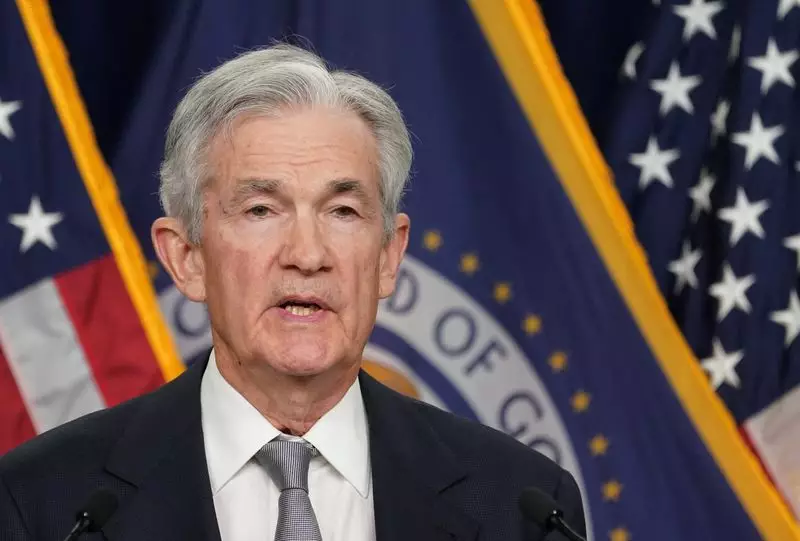The upcoming economic data presents a challenging situation for Federal Reserve chairman Jerome Powell. While there may be some temporary relief in the data, the persistent signs of sticky inflation and above-trend growth are likely to overshadow any positive developments. According to Phillip Colmar, managing partner and global strategist at MRB Partners, the underlying trend over the next six months points towards a need for firmer actions from the Fed. The recent slew of economic data has not aligned with Powell’s view that current interest rates are sufficiently restrictive to manage growth and inflation.
Powell has been emphasizing the importance of time for the high level of interest rates to have an impact on the economy and bring inflation back to the 2% target. However, Colmar suggests that Powell may have misjudged the situation by considering the policy restrictive when it is actually accommodative. This discrepancy could lead to a delay in addressing the challenges posed by growth and inflation. The prevailing market conditions and economic data refute the notion that rates are currently restrictive, indicating a need for a reassessment of the Fed’s stance.
Colmar anticipates that rates are likely to remain unchanged for the rest of the year, with a possible hike in the following year. The expectation is based on the projected economic data remaining strong and inflation staying firmer than the Fed’s estimates. The decision to hold rates steady through the election period reflects a conservative approach by the Fed in light of the uncertain economic environment. However, if the data continues to show resilience, a rate hike may be inevitable in the near future.
One potential solution for the Fed to maintain its easing bias while addressing inflation concerns is to raise the inflation target to 3%. This adjustment would allow the Fed to adopt a more accommodative stance without compromising its objectives. However, Powell has been hesitant to consider this option, which could limit the effectiveness of the Fed’s policy in managing inflation. If the Fed remains reluctant to revise the inflation target, the possibility of rate hikes in the future becomes more imminent.
The Federal Reserve chairman faces a dilemma where the prevailing economic trends indicate a need for a more proactive approach to manage inflation and growth. The discrepancy between the Fed’s perception of current policy and the actual market conditions underscores the challenges ahead. The decision to maintain rates unchanged for the time being reflects caution on the Fed’s part, but it may not be a sustainable strategy in the long run. As the economic data continues to evolve, Powell and the Fed will need to reassess their approach to ensure stability and growth in the economy.

